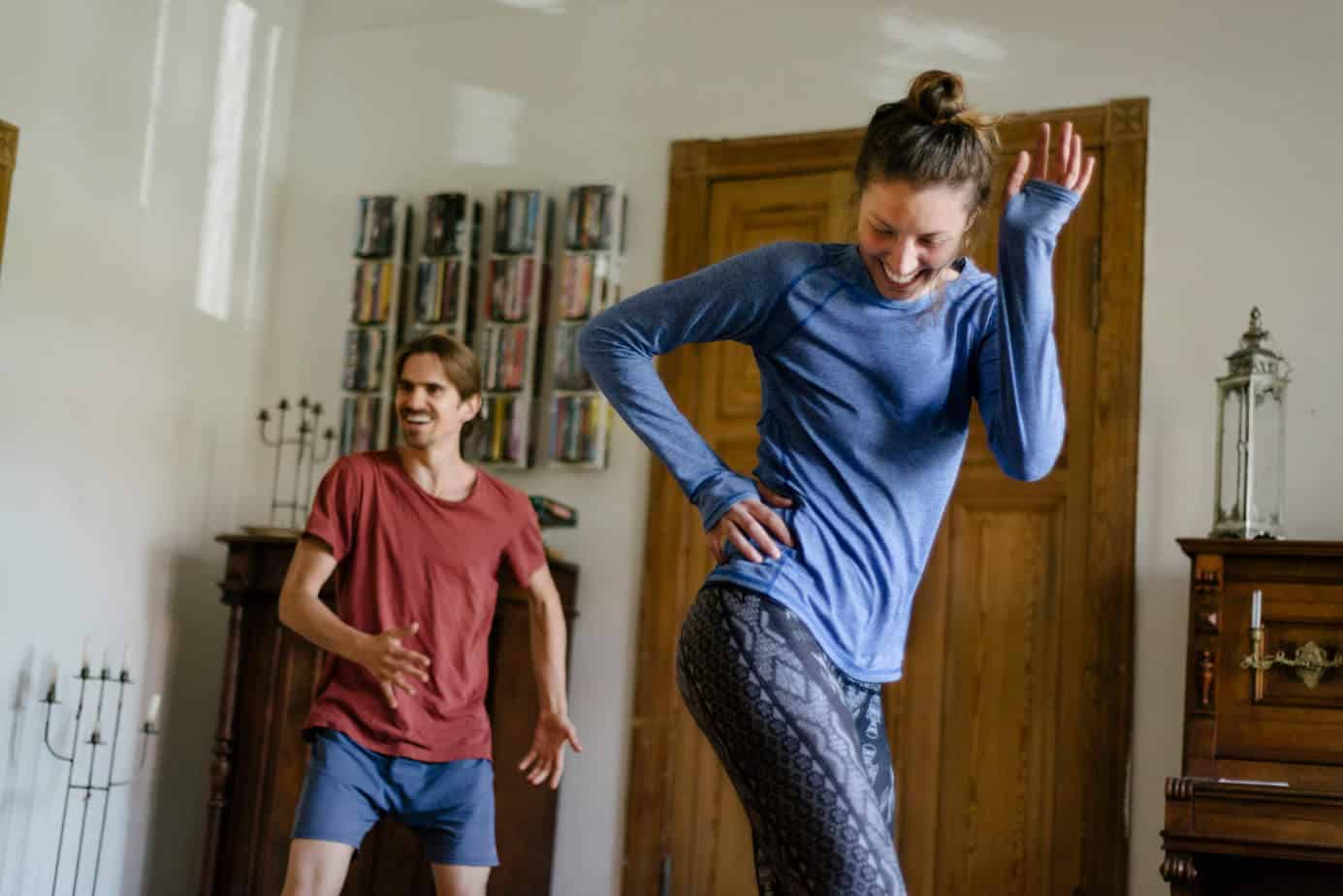
Research shows that there is a gender difference when it comes to pain. Women are more likely to experience pain than men. Additionally, the aforementioned discomfort is longer and more severe. Find out what else scientists think about this subject.
Women are more likely to have painful conditions such as fibromyalgia, endometriosis, interstitial cystitis, vulvodynia, and temporomandibular disorders. They also report greater pain intensity than men due to certain diseases, such as cancer
Some studies suggest that female sex hormones, namely estrogen, increase the risk of the ailments mentioned earlier. The constant fluctuations of its intensity in the body in ladies during puberty, menstruation, pregnancy and pre- and post-menopause contribute to the differences in pain.

Ladies pay more attention to pain than men. Moreover, they recognize when something is wrong. On the other hand, men tend to ignore pain when they should treat it as a warning signal
Experts say that women respond differently to pain medication than men. They tend to need more remedies after surgery, while men take more pain medication later in their recovery. Conversely, some medications (such as nalbufine and pentazocine) may provide more pain relief in ladies than in men. Conversely, opioids such as morphine and codeine are more likely to cause nausea and vomiting in women than in men.

The question that has plagued scientists for decades is: why? Part of the reason lies in anatomy. Women have more pain receptors than men, so they can feel more intense pain. Interestingly, even something as seemingly insignificant as body weight affects pain
Ladies are more likely to go to the doctor than men, so they can be diagnosed more quickly.
Genetics also play an important role. It affects how long the neurons that transmit pain signals to the brain survive. Researchers emphasize that there is a correlation between genetic factors and the strength of pain response, pain tolerance, perception and response to pain medication.
Pain is a complex phenomenon influenced by many variables. Starting with how the nerves send and receive information, to how the brain handles it, to the degree of inflammation.
Ladies are more likely to worry when something hurts. Many times they feel helpless at that point. Additionally, women are more prone to anxiety and depression, which can exacerbate pain. On the other hand, they can cope with it more effectively than men – some parts of the brain responsible for mood overlap with those responsible for pain
Non-biological factors also influence our perception. Men want to appear tough and fearless, so they claim that nothing hurts, especially when asked by nurses or doctors.

Whether you are a woman or a man, there are huge differences in the way we respond to different therapies. There are treatments that only provide relief for certain patients. As a result, the best treatment is often sought by trial and error. If the first treatment doesn’t work, it’s a good idea to schedule a few more sessions before finally giving up.
Research shows that women have a lower pain threshold. Here’s a simple experiment. Ask a man and a woman to put ice cubes on the backs of their hands and wait for a while. There is a good chance that the woman will be the first to complain of pain. In some rather gruesome experiments, scientists have shown that ladies are much more sensitive to electric shocks, muscle aches, heat, cold and hot spices. So there are reasons to differentiate treatment options based on the gender of the patient.
Main article photo: photo by Willie B. Thomas / DigitalVision / Getty Images